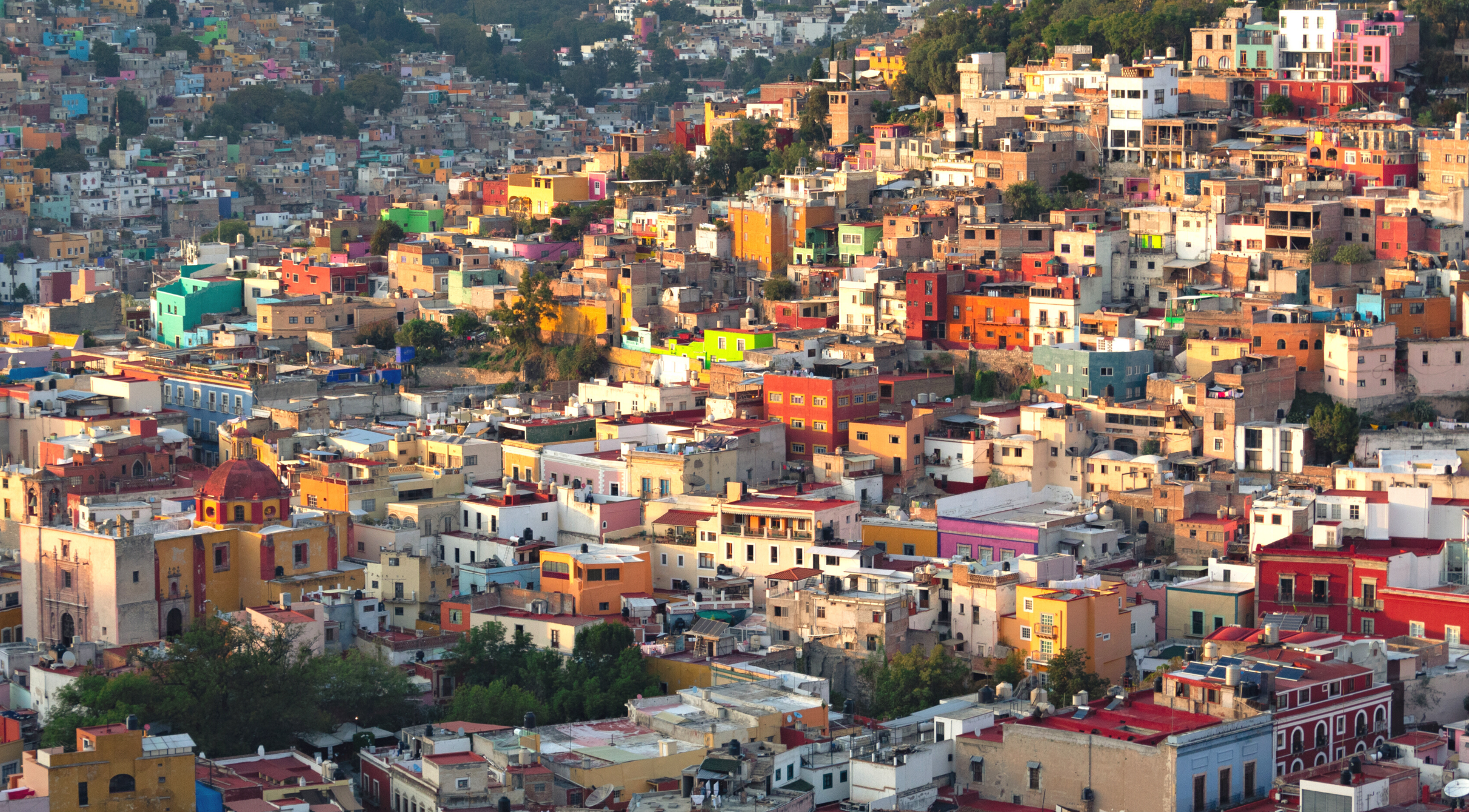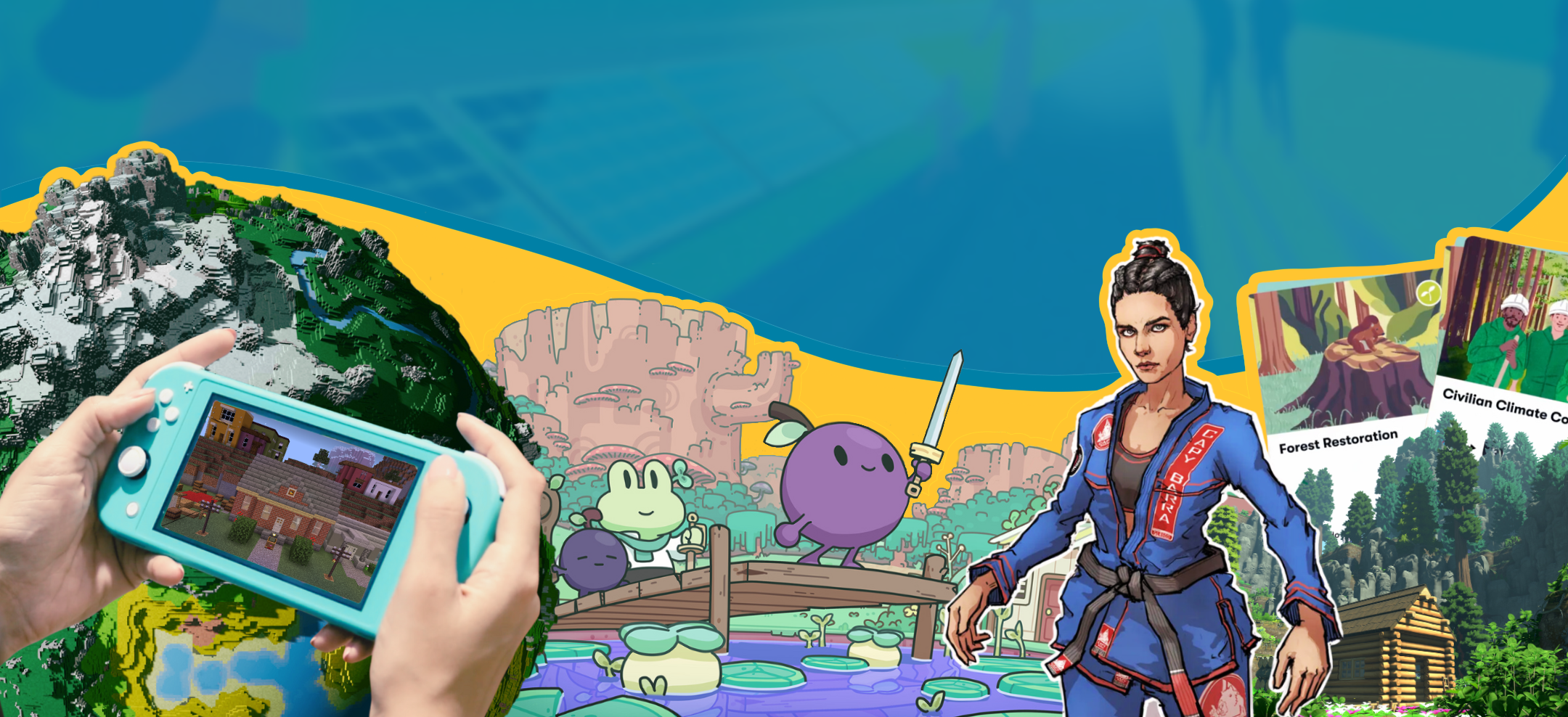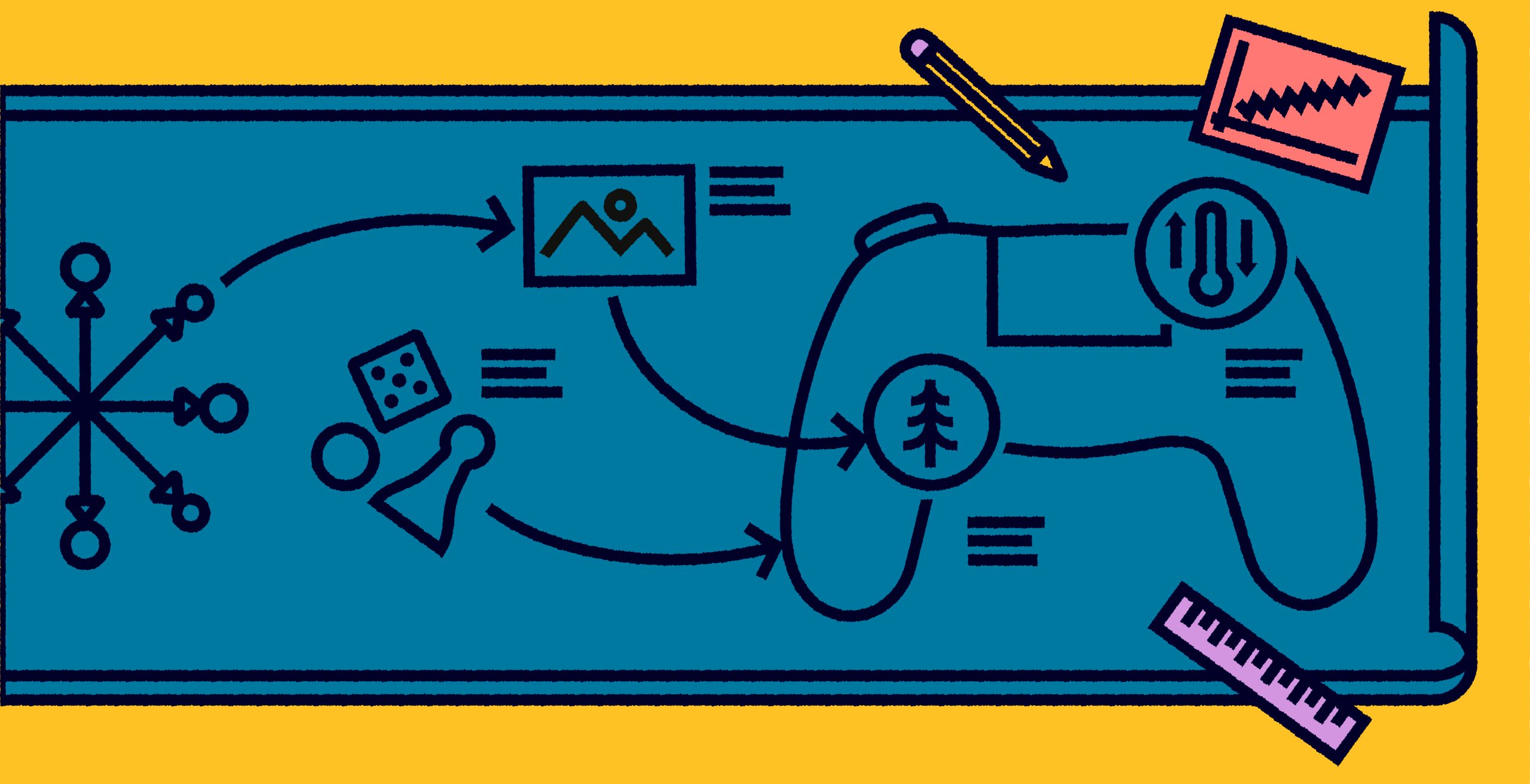Five climate tech solutions beating the heat
By Kathleen Euler, Kashvi Ajitsaria Fri, Aug 30, 2024
While the spotlight often falls on mitigation technologies like carbon capture, technology can also drive climate adaptation. Technology is ubiquitous. An estimated 69 percent of the world uses smartphones, and 67 percent uses the internet. By reaching people with the tools and resources they already have, climate adaptation can enter a new era.
According to the World Economic Forum, climate technology can forecast risks and opportunities, facilitate more efficient recovery responses, and build long-term resilience. These initiatives also often bring economic benefits to local communities, creating jobs and stimulating local economies.
Around the world, there are innovative solutions that combine technology and climate resilience. From smartphone apps that combine GIS and climate data or video games that build climate skills, the private and public sector are envisioning a new way forward. Below, we share five ways our partners and climate organizations are turning to technology to achieve impact at scale.
1. The app that reveals heat risk and offers solutions
When cities heat up, the temperatures can be especially deadly. To help people prepare and understand where to access shade and hydration, Global Chief Heat Officer Eleni Myrivili supported the development of the smart phone app. Extrema Global was envisioned and spearheaded by EHRA science panel member Iphigenia Keramitsoglou and the National Observatory of Athens to make climate data accessible and relevant to cities around the world. It is a free, multilingual app that identifies heat risk and maps out the city’s cooling resources.
Through the app, users can immediately locate the nearest free water station or cooling center. Significantly, it also has a feature that lets users follow each other. Family and friends can provide additional alerts or support for contacts living with increased vulnerability or in an area of higher heat exposure.
Already, cities like Athens, London, Milan, Paris, and Rotterdam are using Extrema to inform their residents and build heat resilience.
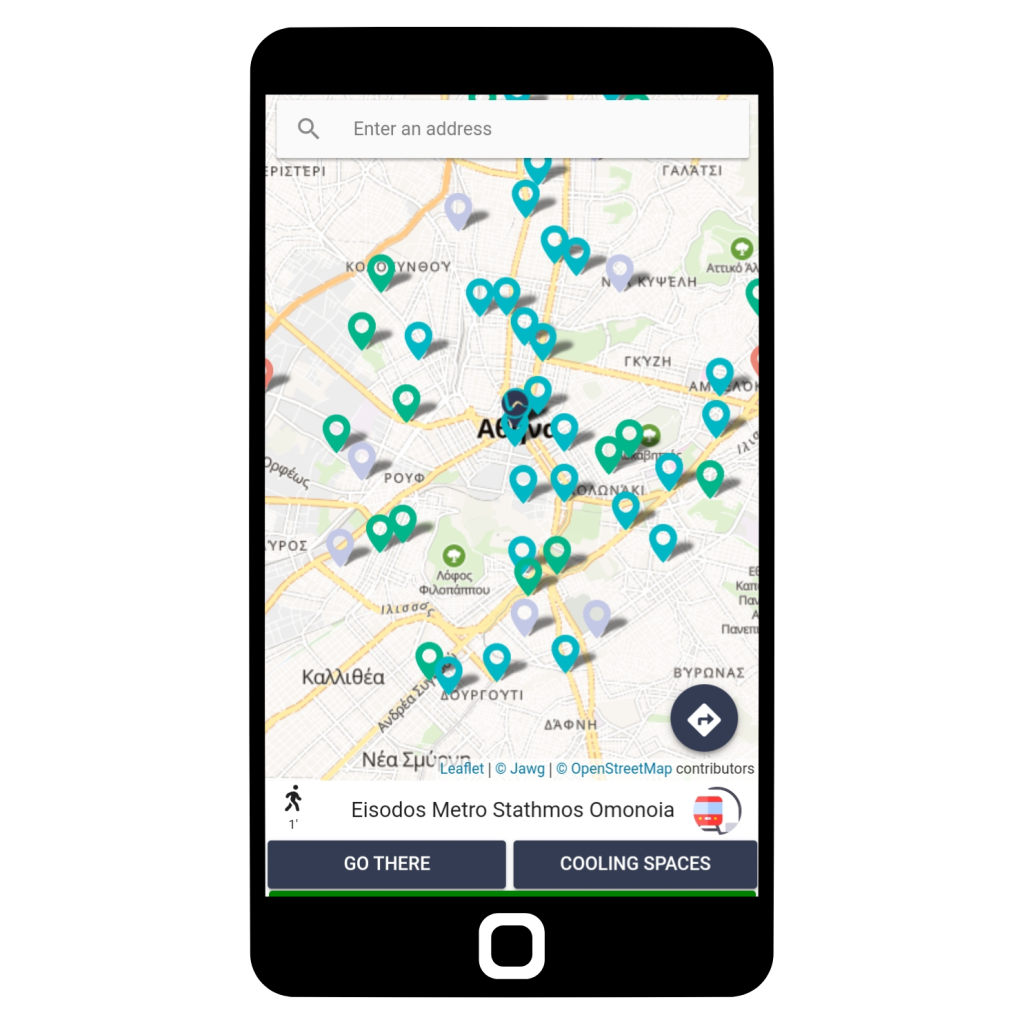
2. The dashboard helping governments target climate action
When temperatures soar in an urban center, it’s hard to know where to start. That’s why SEEDS developed Sunny Lives, a platform that uses satellite data and AI to assess climate risk. It has assessed the potential threat of climate hazards like cyclones and is now being used to identify heat risk.
Sunny Lives creates a heat map of the city, using satellite images to assess the risk score of each building. To do this, it largely considers the condition of roofs. During hot periods, roofs are thermal weak points. Without proper cooling solutions, they absorb heat and can raise internal temperatures to dangerous levels. By creating this map, governments and key stakeholders are able to more efficiently and proactively provide support for the most vulnerable and heat exposed households. The data is compiled in a dashboard that visualizes risk clearly and immediately.
3. The website making commutes cool
In Melbourne, Australia, Chief Heat Officers Tiffany Crawford and Krista Milne have promoted the Cool Routes platform. The platform connects heat data with spatial mapping to recommend routes based on the time of day.
By analyzing factors such as shade cover, surface materials, and the position of the sun, the platform helps Melburnians find their way while reducing their heat-health risks.
The website provides a clear, visual map of the safest routes when temperatures spike. Residents can select options for the coolest walking or cycling routes, offering more targeted recommendations to help people plan safer trips.
It also identifies green and blue infrastructural sites, ranging from urban gardens to water fountains. By marking them along the route, it helps users understand where they can stop for a cool, safe rest on longer trips.
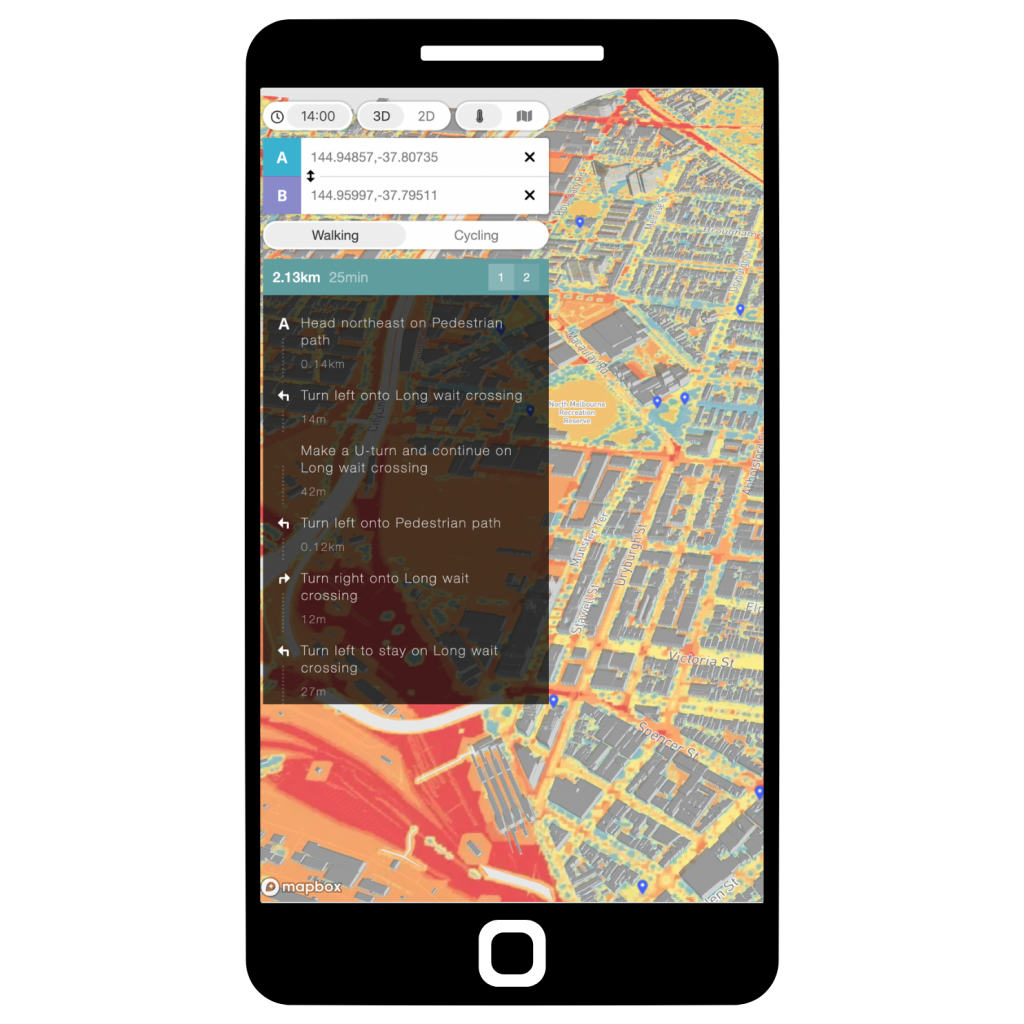
4. The app that helps trees grow
Faced with devastating deforestation, the city of Freetown, Sierra Leone turned to technology for a powerfully simple solution. The “Freetown the Treetown” initiative empowers and incentivizes residents to plant, grow, and digitally track trees.
Through the support of City Champion for Heat Action Mayor Yvonne Aki-Sawyerr and Chief Heat Officer Eugenia Kargbo, the initiative is on track to meet its ambitious goal to plant seven million trees by 2030. The initiative relies on a smartphone app that gives local planters all the tools they need to track and nurture trees, and receive payments once they prove the potential for the tree’s survival. Planters simply open the app, take a photo of the newly planted tree, attach the coordinates, and provide critical updates to receive payments directly.
This innovative approach to technology has profound benefits for the city. It creates employment for planters, with over 50 percent of positions held by women. It also lays the groundwork for future economic opportunities since an estimated 60 percent of the newly planted trees bear fruit or have medicinal properties. Critically, these trees are also building the city’s shade cover to provide lifesaving cooling for a city on the frontlines of climate change.
5. The game on a mission to save the planet
Climate change can feel inaccessible and insurmountable. But an education technology company is working to change that.
Planet3 developed a series of games to teach players about climate solutions and the dangers of extreme heat.
In each “mission,” players are introduced to a real-world problem. Throughout the game, players collect and interpret data and engage with real-world case studies. These elements, combined with interactive assessments, help players develop tangible skills and achieve a sense of accomplishment.
One of their latest missions tasks players with taking on the challenge of extreme heat in Athens, Greece. By simulating heat waves and broader climate change conditions, this mission educates players and prepares them for future heat waves. Games like Planet3 can not only build awareness but also foster a deeper sense of optimism for the planet.
